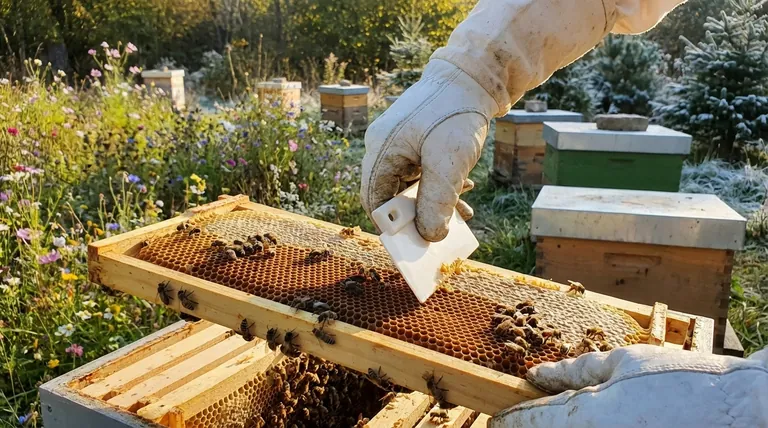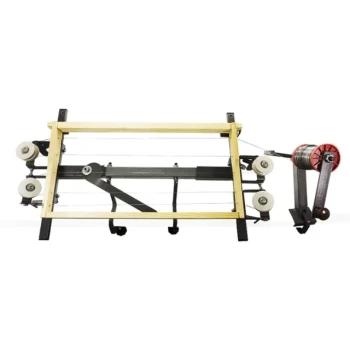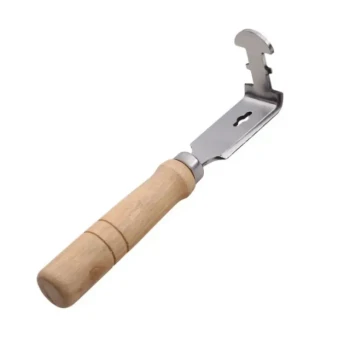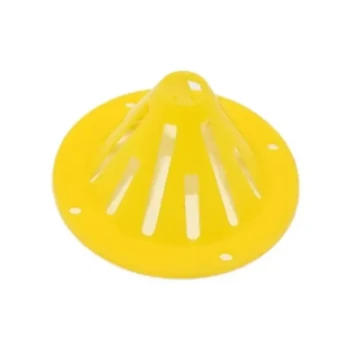In short, bees described as "thrifty" are better adapted to certain climatic conditions, specifically those with harsh winters and shorter periods of resource availability. These bees manage their population and resources conservatively, overwintering in smaller colonies and being less prolific in their brood-rearing compared to other types.
The most critical factor in bee adaptation is not finding a single "best" species, but matching the bee's fundamental strategy—either "thrifty" resource conservation or "prolific" resource consumption—to the specific environmental pressures of your local climate.

The Two Core Strategies: Thrifty vs. Prolific
Honey bee subspecies have evolved different survival strategies. Understanding this fundamental difference is the key to selecting the right bee for your climate.
Understanding the "Thrifty" Bee
"Thrifty" bees operate on a model of conservation. Their traits are finely tuned to survive periods of scarcity, such as long, cold winters or unpredictable nectar flows.
Their key characteristics include a slower spring build-up and a queen who is less prolific, meaning she lays fewer eggs. This results in a smaller colony that consumes significantly less honey and pollen.
Well-known examples that exhibit thrifty traits include Carniolan bees (Apis mellifera carnica) and Russian bees. They are known for shutting down brood production quickly when nectar becomes scarce.
Understanding the "Prolific" Bee
Prolific bees, by contrast, operate on a model of rapid expansion. Their strategy is to build a massive workforce to capitalize on abundant and long-lasting nectar flows.
These bees are characterized by a highly prolific queen who maintains a large brood nest for much of the year. This creates huge, populous colonies capable of gathering enormous amounts of nectar when it's available.
The classic example of a prolific bee is the Italian bee (Apis mellifera ligustica). They are fantastic producers in climates with long seasons and plentiful forage.
Matching Bee Traits to Your Climate
The suitability of a bee is determined by how its core traits align with the seasons and resource availability of a specific location.
For Long, Cold Winters and Short Summers
In these climates, a thrifty bee is the superior choice.
A smaller winter cluster requires far fewer honey stores to survive until spring. Their tendency to build up population more slowly also means they don't reach peak population too early, perfectly timing their maximum workforce for the main, short-lived nectar flow.
For Mild Winters and Long Nectar Flows
In regions with mild weather and multiple, extended nectar flows, a prolific bee often excels.
Because winter survival is less of a challenge, the bee's ability to maintain a massive population allows it to continuously forage. This large workforce can bring in a substantial honey crop over a long season.
The Critical Role of Brood Rearing
The "prolific" trait is directly tied to brood rearing. Raising bee larvae is incredibly resource-intensive, demanding huge amounts of both honey (for energy) and pollen (for protein).
A prolific queen who lays 2,000 eggs a day drives immense consumption. This is a winning strategy in a resource-rich environment but can lead to rapid starvation during a sudden nectar dearth.
Understanding the Trade-offs
No bee type is perfect; each strategy comes with inherent downsides you must manage.
The Downside of Thrifty Bees
The conservative nature of thrifty bees means they may be slower to build up in the spring. In a year with an unusually early and strong nectar flow, they might not have the population to take full advantage of it.
Some thrifty strains, like Carniolans, are also known for their propensity to swarm if they become crowded, requiring diligent management from the beekeeper.
The Downside of Prolific Bees
The greatest risk with prolific bees is starvation. Their "eat-through-everything" nature means they can consume their winter stores at an alarming rate, especially if the queen continues laying deep into the fall or starts too early in the spring.
These bees are less forgiving of nectar gaps and require a vigilant beekeeper who is ready to provide supplemental feeding during lean times.
Making the Right Choice for Your Apiary
Your local environment and beekeeping goals should dictate your choice.
- If you live in a region with harsh winters and a short, intense nectar flow: Opt for a "thrifty" subspecies like the Carniolan or Russian bee for better winter survival and resource management.
- If you live in a climate with mild winters and long, consistent nectar sources: A "prolific" bee like the Italian may be more productive and better suited to capitalize on the long season.
- If your primary goal is low-maintenance survivability: Choosing a thrifty, locally-adapted stock is almost always the most forgiving and resilient option.
- If your primary goal is maximizing honey in a good environment: A well-managed prolific bee can outperform others, but you must be prepared to manage their high resource consumption.
Ultimately, successful beekeeping comes from matching the bee's genetic predispositions to the geography they inhabit.
Summary Table:
| Bee Strategy | Key Traits | Ideal Climate | Example Subspecies |
|---|---|---|---|
| Thrifty | Slower spring build-up, conservative resource use, smaller winter clusters | Harsh winters, short nectar flows | Carniolan, Russian |
| Prolific | Rapid population growth, high honey production, large colonies | Mild winters, long, consistent nectar flows | Italian |
Ready to build a resilient, productive apiary? Choosing the right bee stock is just the first step. HONESTBEE supplies commercial apiaries and beekeeping equipment distributors with the high-quality, durable supplies needed to support your chosen bees—whether they are thrifty survivors or prolific producers. From hive bodies and frames to feeding systems and protective gear, our wholesale-focused operations ensure you have the reliable equipment for successful beekeeping in any climate. Contact HONESTBEE today to discuss your apiary's needs and get a quote!
Visual Guide

Related Products
- Professional Wide Blade Honey Scraper for Beekeeping and Honey Processing
- Stainless Steel Manual Honey Press with Guard for Pressing Honey and Wax
- Professional Galvanized Hive Strap with Secure Locking Buckle for Beekeeping
- Electric Flatting and Embossing Machine with Tray for Beekeeping
- Versatile Ratchet Hive Strap with S-Hooks for Secure Fastening
People Also Ask
- How do you encourage bees to cap honey? Optimize Hive Conditions for a Perfect Harvest
- What equipment do you need to make honey? A Complete Guide to Starting Your Apiary
- What are wax cappings in the context of honey extraction? The Beekeeper's Guide to a Second Harvest
- What tools are available for uncapping honey? A Guide to Choosing the Right Tool for Your Operation
- Why is uncapping necessary in honey harvesting? Unlock Your Honey Yield & Preserve Comb



















